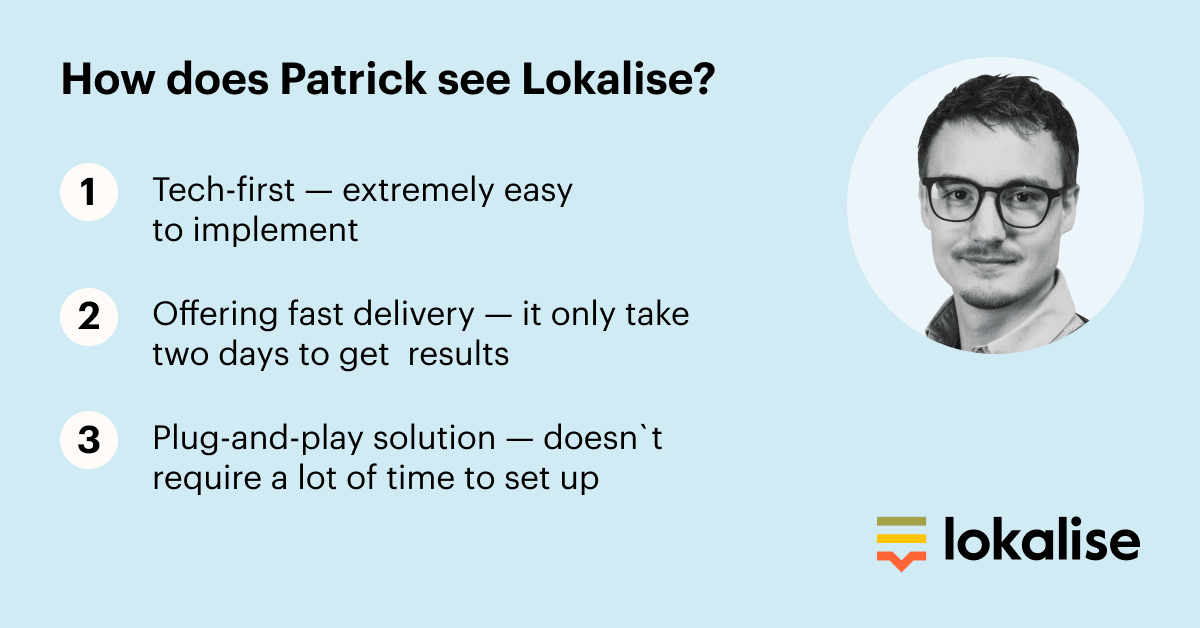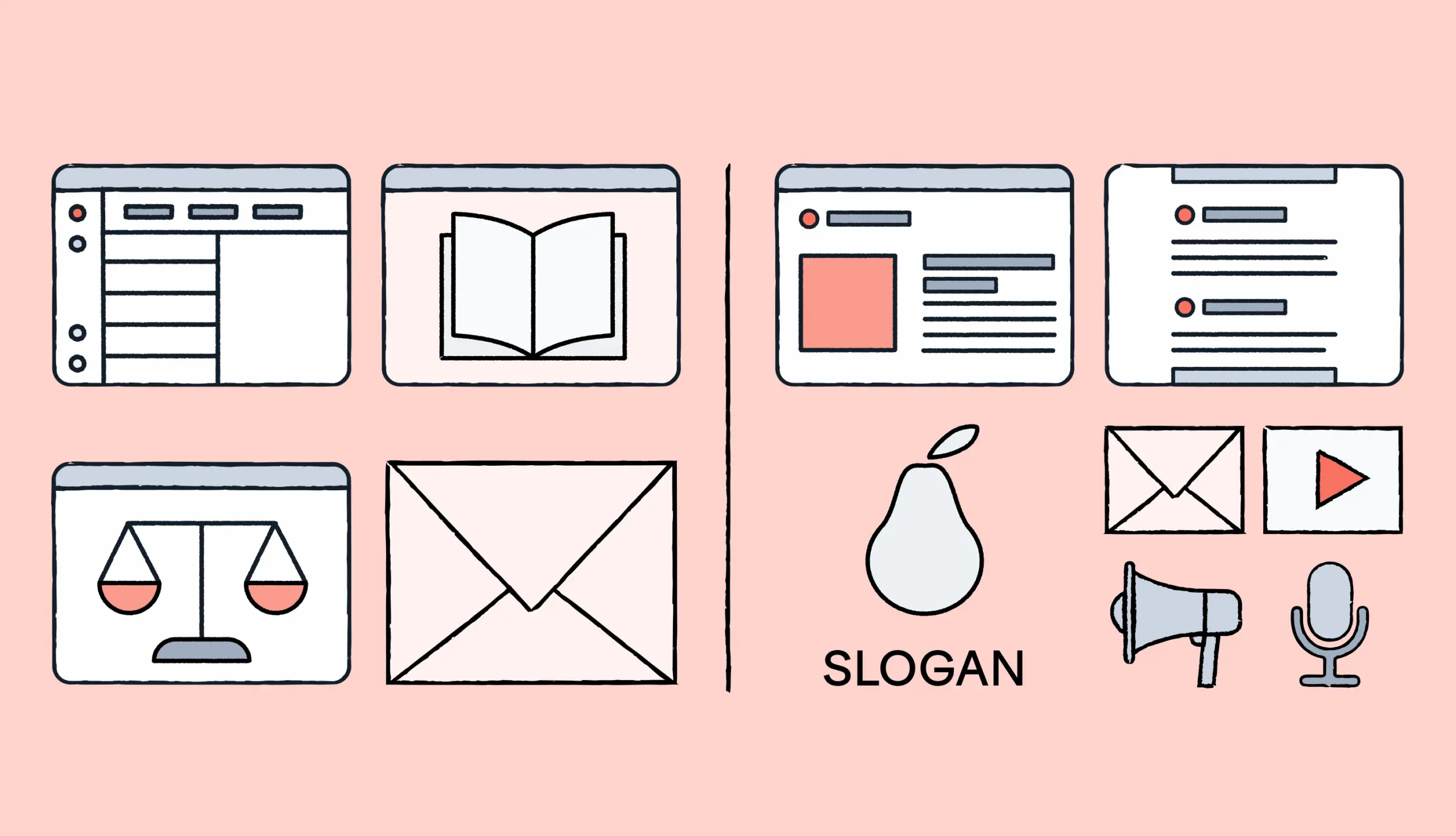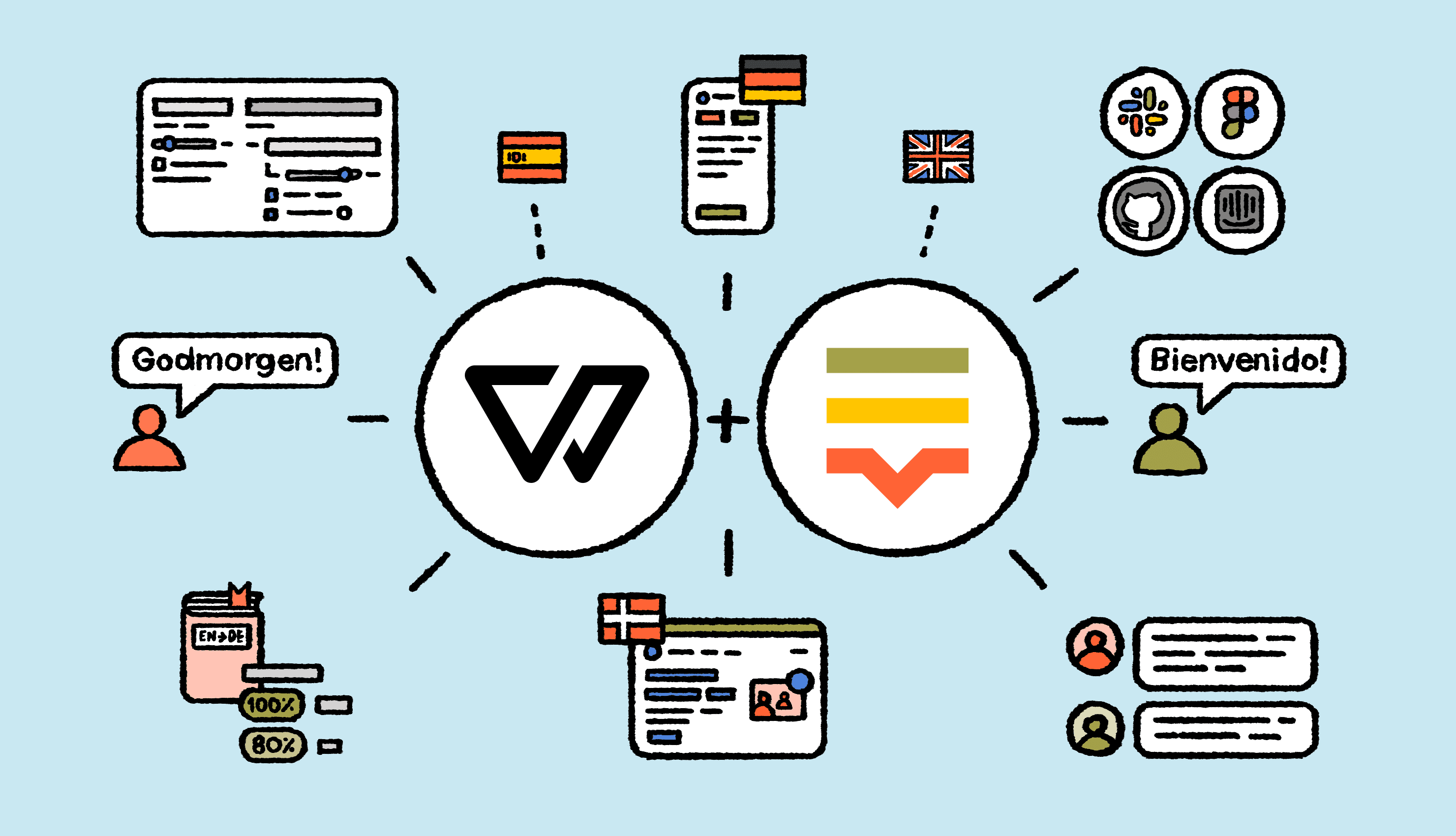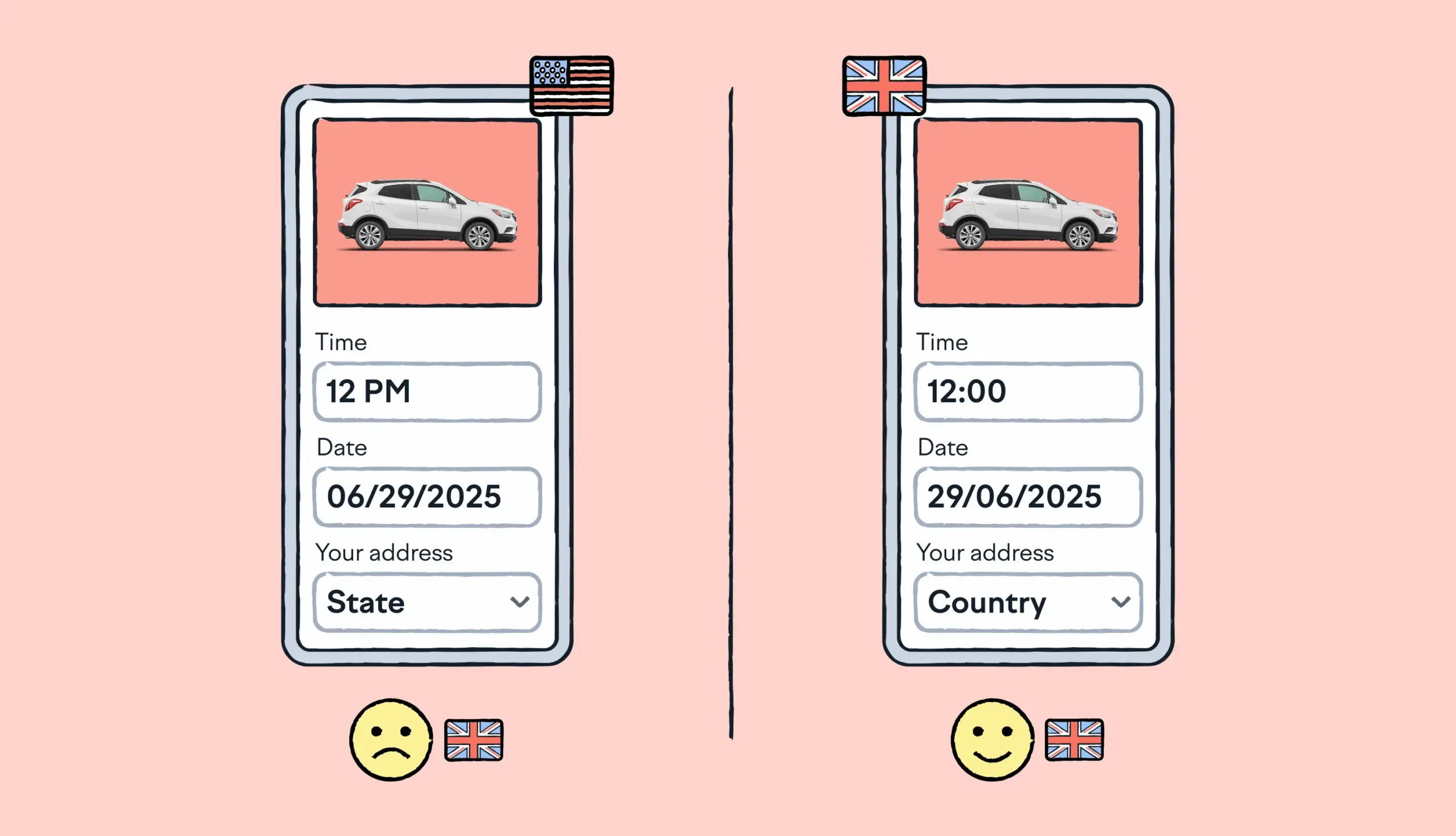Whistleblower Software is among the companies that are just getting started but have a crystal-clear vision and the determination to succeed in the business world. You can already see the impact they are making.
Their goal is simple – to set a new standard for whistleblowing solutions across Europe.
The recent EU Whistleblower Protection Directive brought in new requirements for companies with 50 employees or more. These companies are now obliged to implement a whistleblowing channel within their business. In the company’s own words, “the Whistleblower Software system helps businesses implement a compliant solution that is both secure and transparent.”
About Whistleblower Software
With just a handful of experienced employees, Whistleblower Software has tapped into a market that’s still in its infancy but is certainly going to grow because of the upcoming regulations. The company already has investors, which tells us a lot about the potential of both their software and future plans.
What’s interesting is that Whistleblower Software has just started using Lokalise and already sees great value in it.
We sat down with Patrick Olsen, the company’s active investor and CMO, to learn more about the importance and role of localization at Whistleblower Software.
What is the whistleblowing solution and why is it necessary?
We were curious to find out more from Patrick about what exactly the whistleblower system is and why it is necessary in 2021:
“This year, a lot of countries in Europe are forced to make new regulations in the area of whistleblowing. Depending on the country in question, there might be slight differences in terms of deadlines. The bottom line is, companies with 50+ employees now have to set up new processes to comply with the new whistleblowing legislation.”.
So, what does this actually mean? Patrick had an answer ready:
“If some of the employees notice some illegal activities or practices like sexism or harassment, and if they don’t want to talk with their boss about it in fear of direct retaliation, it’s important that they can go around them and protect themselves and help the company.
There has to be a system in place that allows them to reach higher management or even an external compliance manager who can then handle the case. So, what we do is to allow businesses to implement a secure and transparent channel to whistleblow through really easily.”
Lokalise as an ally for localization
Whistleblower Software has been using Lokalise for just a few months now, but they are already very happy with it. It usually takes some time for users to get used to new tools, some change management is almost always required, but it seems that this company has simply hit it off with Lokalise.
Here’s what we learned from Patrick:
“We’re in a huge time-pressure situation, right? With this new legislation, comes some strict deadlines. We believe we have the strongest software on the market, and now we want to spread this system across Europe. So, obviously, we need to be able to communicate our offering in different languages.”
When we asked where Lokalise fits into the picture and who benefits the most from it, Patrick had a simple answer:
“Having a collaboration with a software company like Lokalise allows us to reach our expansion goals and it’s key to the speed that we need right now. The developers are super happy about it, because it makes their job so much easier, and they can focus on their core work. As a CMO, who oversees our communication, I’m very pleased with it as well.”
How is localization handled at Whistleblower Software?
What’s most interesting about our talk with Patrick is his company’s perception of localization as being essential to international growth and an integral part of it.
He shared an example of why you need to make this type of product available in multiple languages – not just for better customer experience, but for legal reasons, too:
“For example, in Germany, they already have whistleblowing legislation. These are most likely going to be re-evaluated with the new laws that are due to be passed. They have their own wordings for whistleblowing and whistleblowing systems , and in Italy – they have their separate wordings and expressions."
So, how does Whistleblower Software solve this issue?
"With our software, companies are able to support their employees across multiple languages and countries. It is absolutely essential for the companies that a worker from Spain, for example, is able to report in Spanish. To manage languages easily is therefore essential for us.”
Given the fact Whistleblower Software still has a small team, we were curious to find out how they handle localization. Do they work with freelance translators or dedicated LSPs, perhaps? Patrick says they do indeed rely on external partners:
“We have partnerships with legal providers whom we use for the more legal aspects of what needs to be translated. This is important because we want to make sure we comply with any regulations within that specific country.”
And what about other aspects, such as marketing materials?
“For ads, marketing materials, the website, or our application itself, we either handle it in-house or by using Lokalise’s translation services available within the tool. For instance, language is important for our ads strategy because it plays the key role in the bidding strategy and reaching the right audience."
That makes total sense, as Patrick explained to us. More people react to ads when it's in their own language and it’s cheaper for the company to advertise. It is always important to get feedback from natives though, as if the team is not careful, their communication will not be “spot on”.
Lokalise is one of the key aspects of Whistleblower Software’s growth strategy
Patrick is a very inspiring, interesting, smart, and versatile marketer. He shared his professional background with us to provide more context around why his company decided to go for Lokalise:
“Some years ago, I was a part of the project that was centered around getting a shopping portal live in 11 countries. I have a background as a developer, and I actually made the software for that. So, I made my own translation solution that allowed us to make it happen. And what I really needed back then was Lokalise!”
As Patrick shared, it was nice to make something internally, but it was not a plug-and-play solution, it deprived them of a lot of time and required significant effort. In addition, it was challenging to work with translators and keep the project afloat.
“Having my previous experience as a developer of this solution, it was like a light bulb moment for me that we needed a solution like Lokalise. We’re at the point where we need to localize so much faster, meaning that for us Lokalise is one of the key aspects of our growth strategy.”
What really made an impression on Patrick is the speed that Lokalise provides thanks to automations, built-in features, integrations, and its collaborative nature:
“We’ve already managed to translate our main website into 4 languages and that was done really, really fast! We plan to expand this to around 10 languages in a couple of months.”

Whistleblower Software is pioneering the industry
As Patrick shared with us, this is a completely new industry and some businesses are more knowledgeable about it, some less so:
“It’s a challenge for us to prioritize which countries we should localize next. We’re confident about the quality of our product, but there’s still a lot to learn regarding the markets. A lot of it comes down to trial and error.
We believe in trying marketing-related things fast and thereby learning fast. We try to advertise to a certain country or internationally and then we measure results afterwards. Lokalise is a part of our best tools for this, for sure.”
-
We want to thank Patrick Olsen from Whistleblower Software for talking to us! We hope Lokalise will continue to support them in their future ventures.
If you’re curious about how Lokalise can help your company grow on an international level, schedule a talk with one of our product specialists.






